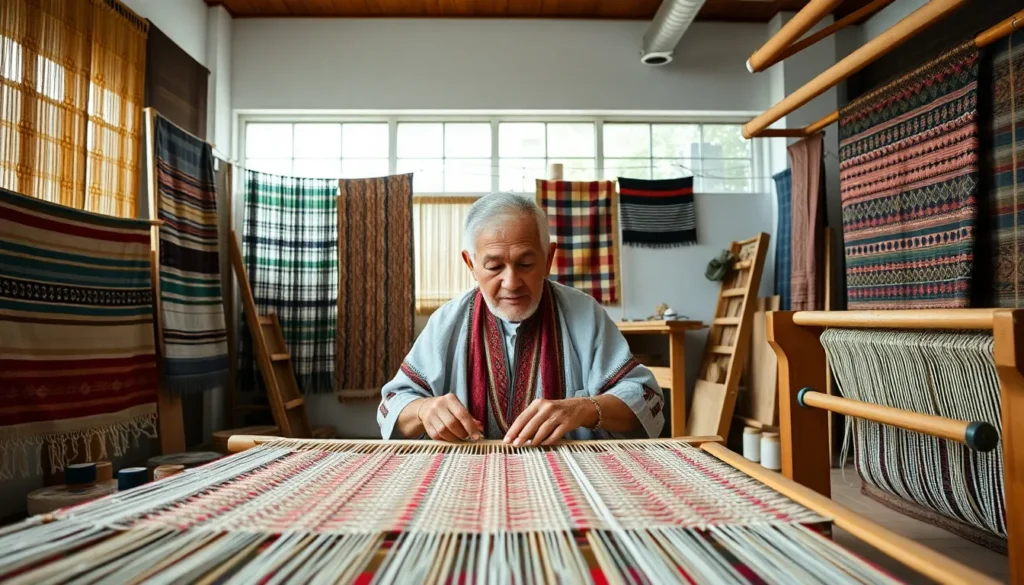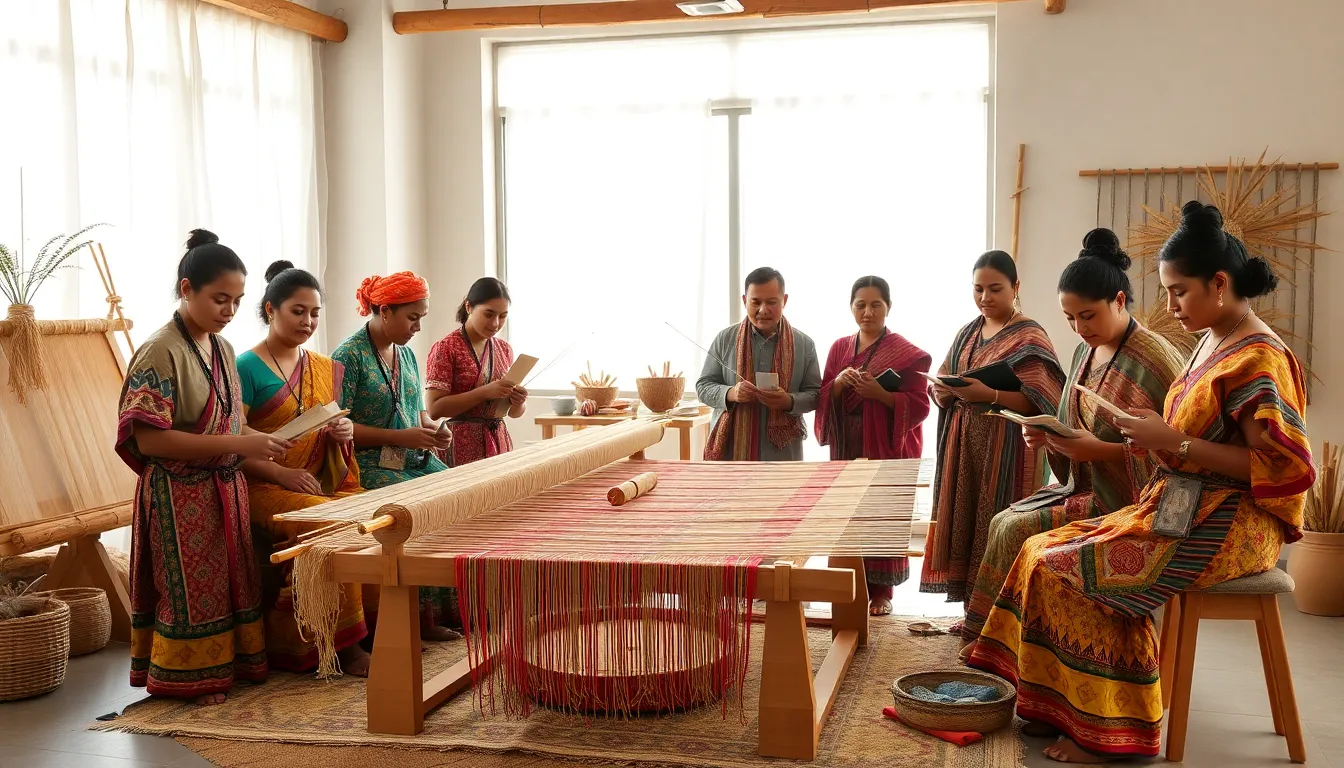Locantowoll: An In-Depth Exploration of Its Rich Heritage

Ever heard of locantowoll? If you haven’t, you’re not alone, most folks are scratching their heads right now. But dive a little deeper, and you’ll find it’s a fascinating part of cultural heritage that deserves a spotlight. Imagine a world where every stitch tells a story, every tradition has a traceable lineage, and community bonds are woven tighter than your childhood best friend’s friendship bracelet. Now that’s enticing, isn’t it? So, grab a cozy seat and let’s discover the enchanting world of locantowoll together.
Locantowoll

Locantowoll, a term that evokes curiosity, finds its roots in a rich tapestry of history and culture. To understand it fully, one must travel back in time, exploring the landscapes that nurtured its origins. Historians suggest that locantowoll may derive from ancient practices, symbolizing a blend of artistic expression and community storytelling. In many societies, the art of weaving doesn’t just create fabric: it weaves narratives that span generations.
The earliest mentions of locantowoll date back to certain indigenous groups where the technique encapsulated their way of life. All the colors, patterns, and techniques have deeper meanings. Depending on the region, locantowoll carries different narratives, yet the soul of this practice remains consistent.
As regional economies evolved, so too did the crafts surrounding locantowoll. It became a symbol not just of utility but of cultural pride, reflecting the identity and artistry of those who practiced it. Exploring its origins offers a peek into the heart of societies where creativity was intertwined with daily existence.
Cultural Significance and Historical Context
Delving deeper, one finds that locantowoll is more than just a craft: it’s a vital cultural component that binds communities together. Historically, it served as a means for storytelling passed down through generations. Each woven piece is like a historical document, chronicling events, traditions, and beliefs unique to each community.
In many cultures, elders would gather to teach the younger generation about the symbols and stories that each pattern represents. This act of teaching is not merely about passing on skills: it fosters a deep sense of identity and belonging. In essence, locantowoll acts as a cultural vessel, carrying the collective memory of a people. During festivals or community gatherings, these woven pieces often take center stage, showcasing the artistic flair and heritage intertwined in each thread.
Also, the historical context of locantowoll reflects socio-economic conditions as well. Through shifts from communal practices to individual artistry, the evolution of this craft showcases broader societal changes, urbanization, globalization, and the resurgence of interest in traditional arts. Each shift parallels the journey of communities navigating through modernity while holding onto their roots.
Key Features and Characteristics
So, what exactly makes locantowoll special? One cannot overlook the intricate designs and the variety of materials used. Traditionally, artisans use locally sourced materials, reflecting the natural colors and textures of their surroundings. This incorporation of local elements not only highlights sustainability but also establishes a strong connection to the landscape.
Another notable feature is the diversity in patterns. Each design has a unique significance, speaking volumes about the community’s history and values. For instance, certain motifs may represent fertility, prosperity, or even protection from evil spirits. When you appreciate these elements, it becomes evident that locantowoll transcends mere aesthetics.
Quality craftsmanship is paramount as well. The labor-intensive processes involved in creating these pieces yield products that are not only beautiful but also durable. Masters of locantowoll often participate in workshops to pass down techniques, ensuring that the knowledge isn’t lost. These workshops cultivate an environment where appreciation for the art form flourishes, further solidifying its importance in today’s world.
The Role of Locantowoll in Contemporary Society
In today’s fast-paced world, many may wonder, what role does locantowoll play? Surprisingly, it has adapted and thrived, demonstrating its relevance even amid modernity. As artisans continue to produce locantowoll-inspired works, they often incorporate contemporary themes, attracting a broader audience.
Art galleries and museums have started showcasing locantowoll art, educating newcomers and celebrating its importance. Meanwhile, social media platforms have provided a stage for artisans to reach global audiences, creating a buzz around this ancient craft. Online communities gather to appreciate, promote, and even sell these beautiful pieces, all while emphasizing sustainability, culture, and artistry.
Locantowoll also finds utility in eco-conscious fashion. As trends shift towards sustainability, designers seek authentic crafts to incorporate into their collections. Collaborations between traditional artisans and modern designers are emerging, sparking interest in cultural appreciation while breaking the boundaries of conventional fashion.
Challenges and Opportunities for Locantowoll
Even though its enduring allure, locantowoll faces challenges that require careful navigation. Globalization poses a significant threat, leading to the dilution of traditional practices. As fast fashion dominates the market, the authenticity of artisanal crafts is at risk. Many artisans find it hard to compete against mass-produced items that offer similar aesthetics at lower prices.
But, with challenges come opportunities. Increased awareness about the importance of handmade crafts has sparked movements advocating for fair trade. Consumers today are increasingly interested in supporting ethical products, which has allowed artisans to find a niche market.
Also, the rise of local artisan markets has created platforms for visibility. Collaborations with educational institutions can foster interest among youths, allowing them to explore and appreciate textiles as art forms. This renewed interest can secure locantowoll’s place in contemporary society, bridging the gap between traditions and modernity.
Future Perspectives on Locantowoll
Looking ahead, the future of locantowoll appears promising yet intricate. The growing emphasis on sustainable practices and environmental consciousness bodes well for its artisans. As more people seek to minimize their ecological footprint, handcrafted items gain popularity. Locantowoll is poised to resonate deeply with those valuing tradition and environmental responsibility.
Innovative artisans are likely to experiment with new materials and techniques, keeping the craft alive while appealing to contemporary tastes. Educational programs focusing on art preservation might ignite a new wave of interest, encouraging the younger generation to develop their skills. Interest from cultural institutions could bolster funding and promote collaborative projects, enhancing the visibility of locantowoll.
As artisans embrace technology, online courses and virtual workshops will become commonplace, ensuring that this age-old craft garners relevance in an ever-changing world. Locantowoll might just find its place not only as a nostalgic reminder of traditions but as a vibrant part of today’s artistic landscape.

 Kdraydink: Unraveling the Fascinating Evolution and Cultural Impact
Kdraydink: Unraveling the Fascinating Evolution and Cultural Impact  Cute00kiara: The Rise of a Digital Star
Cute00kiara: The Rise of a Digital Star  Tayfay1234: The Future of Online Identity
Tayfay1234: The Future of Online Identity